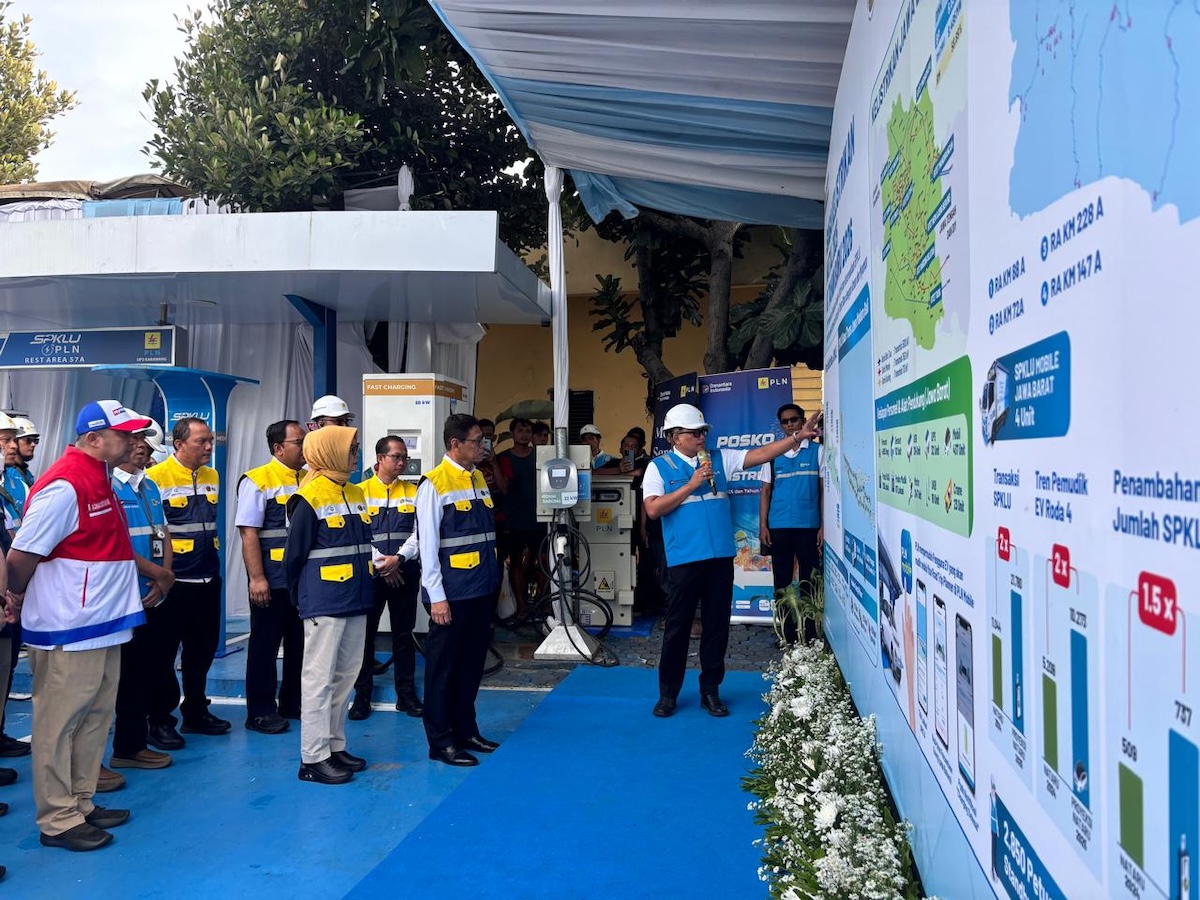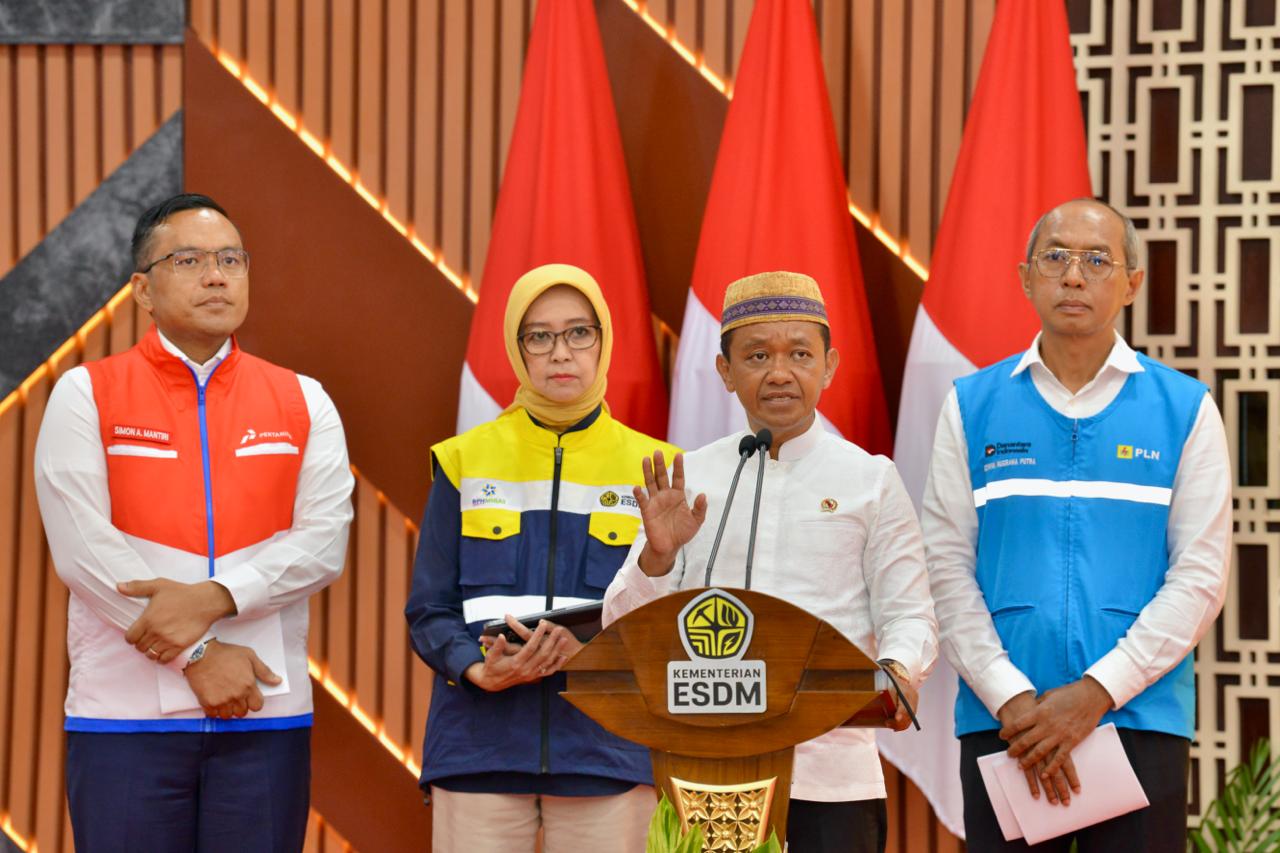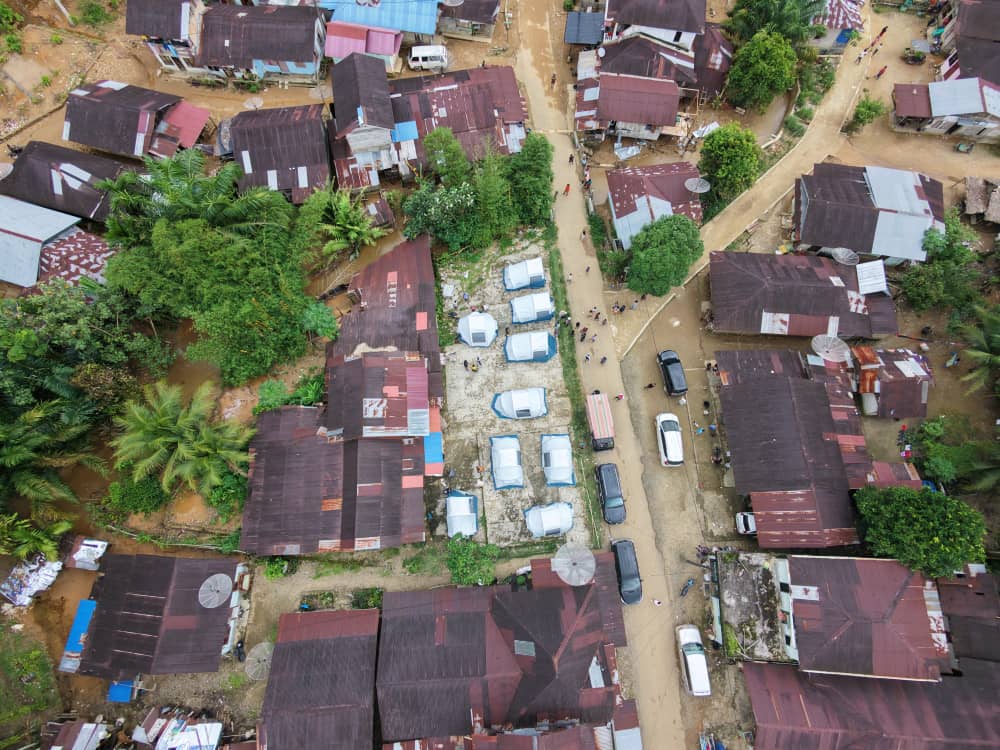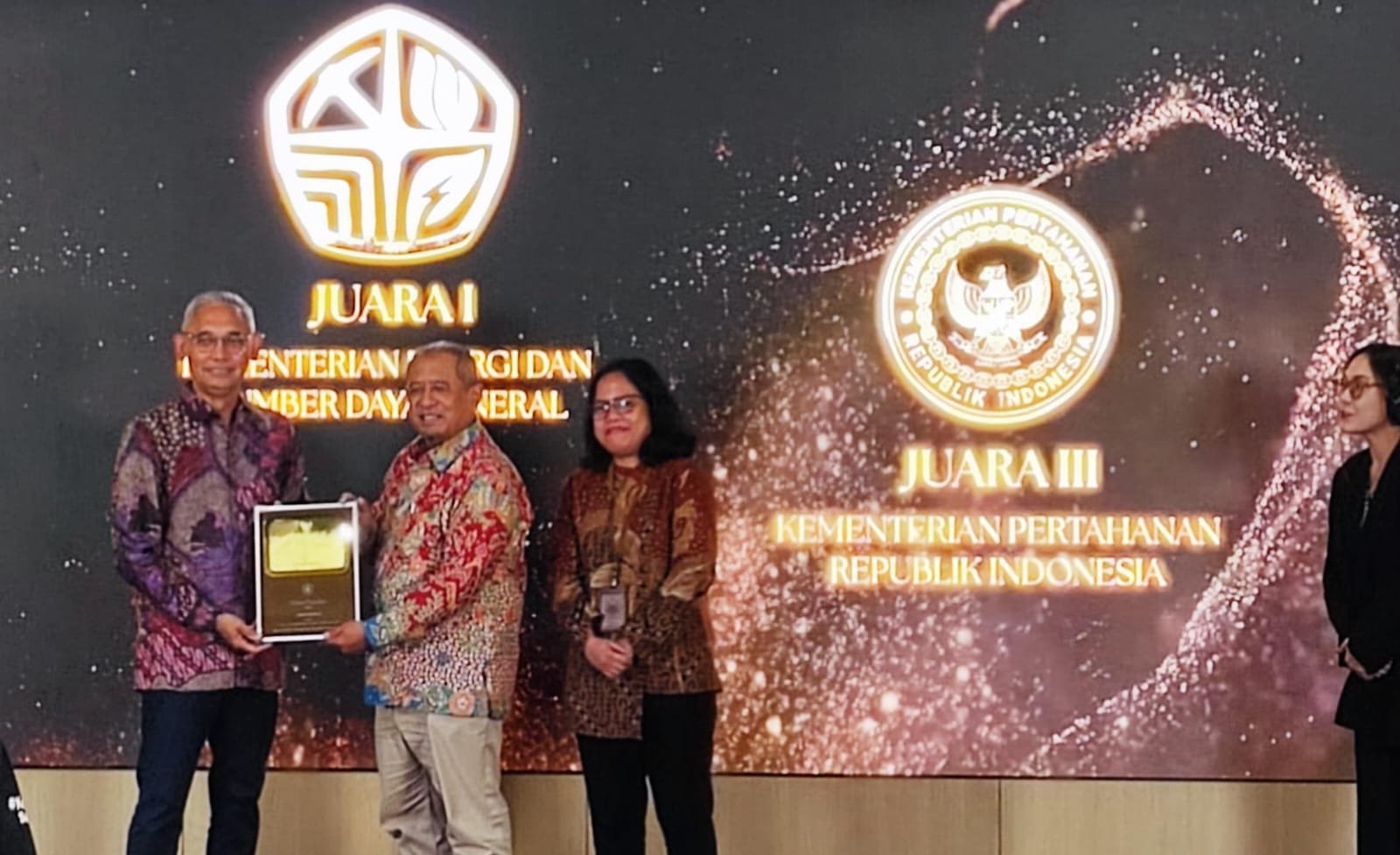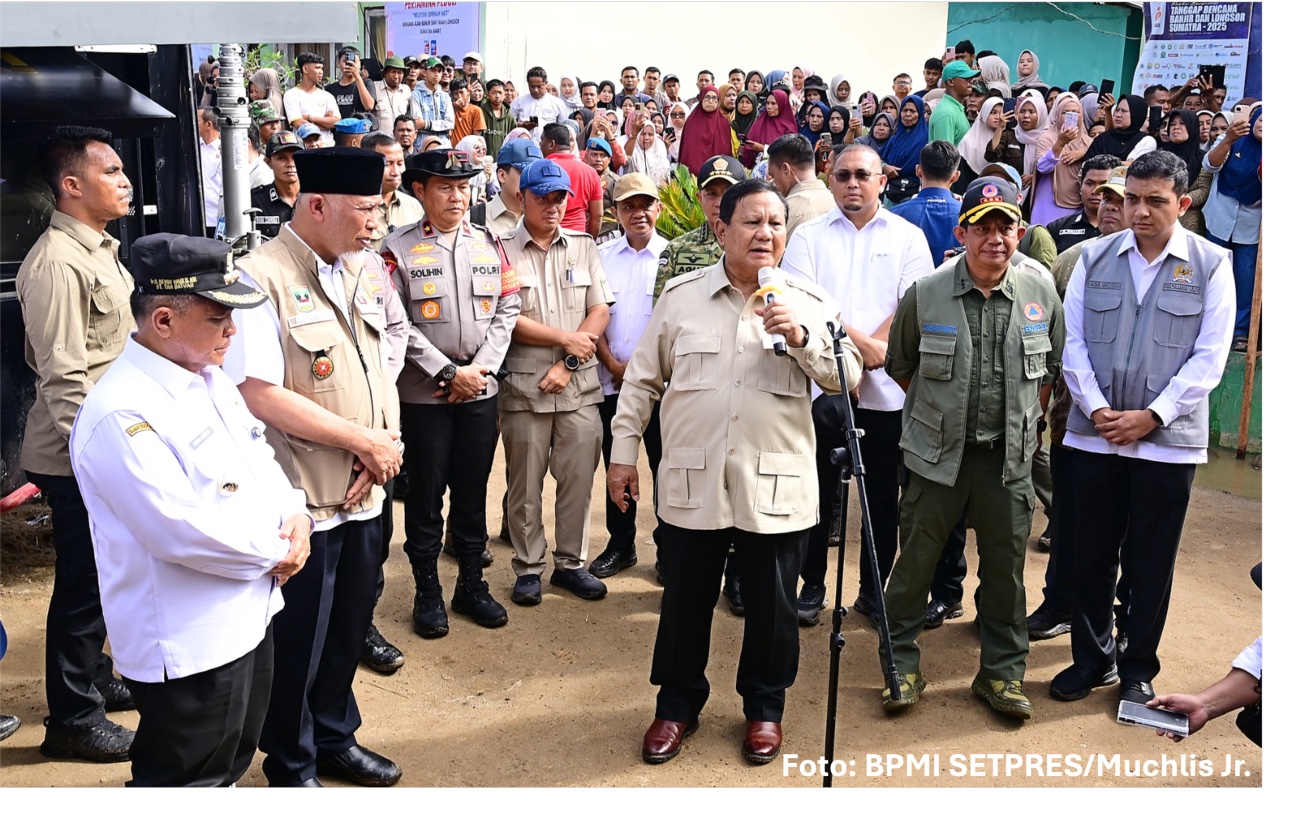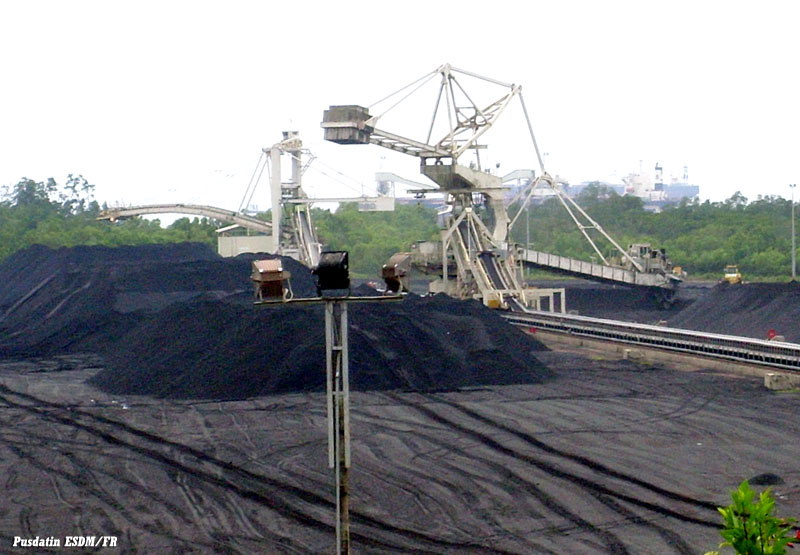DME Project is Economically Viable as Study Demonstrates
MINISTRY OF ENERGY AND MINERAL RESOURCES
REPUBLIC OF INDONESIA
PRESS RELEASE
NUMBER: 391.Pers/04/SJI/2020
Date: 7 December 2020
DME Project is Economically Viable as Study Demonstrates
The government is encouraging downstream coal processing or increase in coal added value, for example by turning coal into Dimethyl Ether (DME) to substitute LPG, Acting Head of Research and Development Agency of Energy and Mineral Resources (Balitbang ESDM), Dadan Kusdiana, has said. Over 70% of LPG consumed in Indonesia is imported, thus, it is necessary to substitute LPG in order to reduce pressure on the trade balance and improve national energy security, Dadan continued saying in Jakarta on Sunday (6/12).
To support downstream coal policy, business players who carry out the increase in coal added value are given special treatment in the form of 0% royalty imposition. This provision is set out in Law Number 11 of 2020 on Job Creation.
A consortium of state coal miner PT Bukit Asam Tbk (PTBA), state energy company PT Pertamina, and industrial gas producer PT Air Product is undertaking a DME project with an input capacity of 6 million tonnes of coal per year. Once finished, the plant will produce 1.4 million tonnes of DME annually.
However, in November 2020 an energy think tank published a study that says the DME project is not economically viable and can make an annual loss of about USD377 million.
To follow up the think tank's study, a Downstream Coal Study Team of Balitbang ESDM has analyzed and compared the study with the Feasibility Study (FS) of PTBA. The conclusion is that the DME project is economically viable. The contrast lies in different data assumptions, calculation methods, and multiplier effect consideration of the project.
The think tank had used an LPG price assumption of USD365/tonne, which only reflects price in 2020 when energy demand is low due to the pandemic. Meanwhile, the FS of PTBA had used LPG price of USD600/tonne, reflecting the average LPG price in the last 10 years. This difference certainly affects DME sales price.
Another variation deals with price assumption and input capacity of coal. The think tank used a price assumption of USD30/tonne, while the FS had set the price at USD21/tonne, which was the price of PTBA low-calorie coal at the time the FS was made. In terms of input capacity, there is a difference of 500 thousand tonnes of coal, where the FS had calculated a more efficient capacity.
Additionally, the think tank had used a very simple calculation method. It only calculated a one-year production cost of USD300 per tonne referring to the production cost of Lanhua DME Plant in China.
On the contrary, PTBA had made comprehensive Feasibility Study. The company had calculated the project's economies of scale with Net Present Value (NPV) of USD350 million and Internal Rate of Return (IRR) of around 11%; in other words, the project is economically viable and does not make a loss.
In addition to the project's economies of scale, there are at least 6 additional impacts of DME processing. One, the use of DME will improve national energy security and reduce dependency on LPG imports. By using DME, LPG imports will be reduced by up to 1 million tonne per year (DME production capacity 1.4 million tonne per year). Two, the use of DME will save exchange rate reserves of up to Rp 9.7 trillion per year and trade balance of Rp 5.5 trillion annually.
Three, a DME project will attract foreign investment of around USD2.1 billion (approximately Rp 30 trillion). Four, a DME plant will use 180 million tonnes of low-calorie coal for the next 30 years of the plant's life. Five, the government will get direct benefit in the form of multiplier effect of up to Rp 800 billion per year. Six, a DME project will absorb 10,570 workers at construction stage and 7,976 workers at operation stage.
To support the implementation of LPG substitution to DME, the R&D Center for Oil and Gas Lemigas has carried out trials of DME stoves. "The trials show that stove efficiency improves, from an average of 61.9% with the use of LPG to 73.4% with DME. So, the amount of DME needed for cooking is lower than its theoretical calorie needs," Dadan said.
For the record, Indonesia' coal reserves are relatively larger than its oil and gas reserves. A latest status shows that the "black gold" reserves are about 38 billion tonnes. With the country's production rate of about 600 million tonnes, it is estimated that Indonesia's coal reserves will last for about 63 years if no new reserves are found. (IY)
Head of Bureau of Communication, Public Information Services, and Cooperation
Agung Pribadi (08112213555)
Share This!

